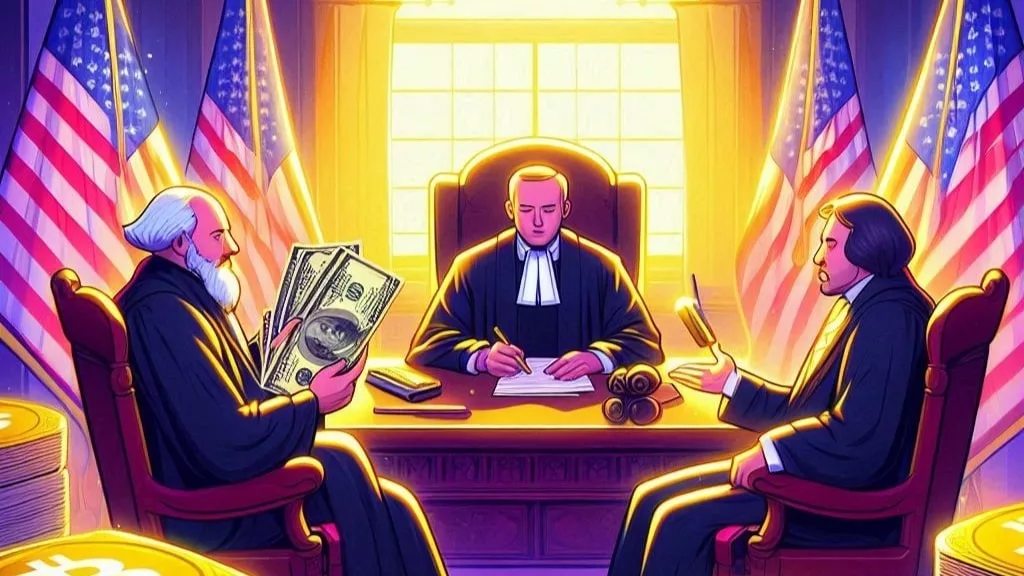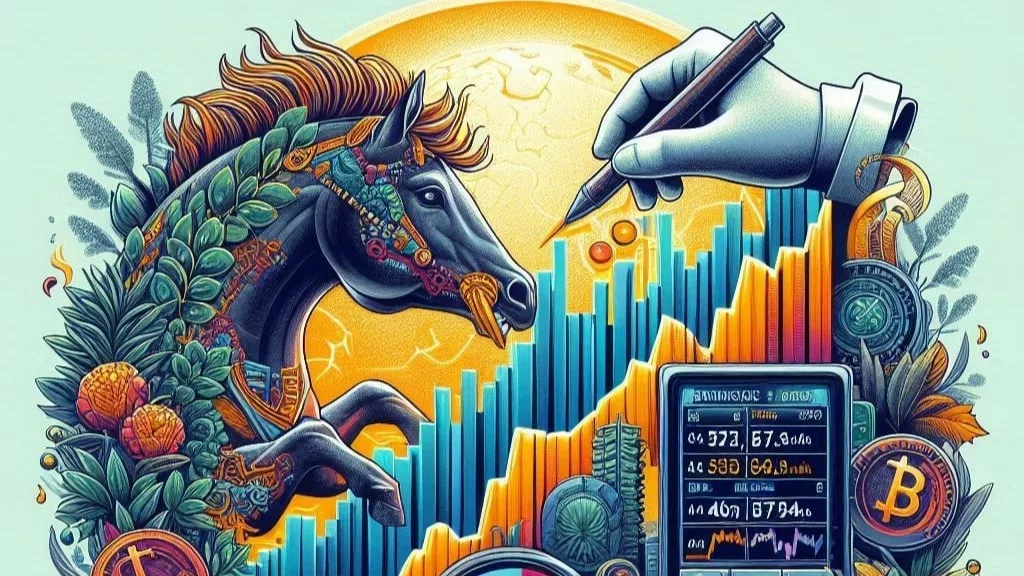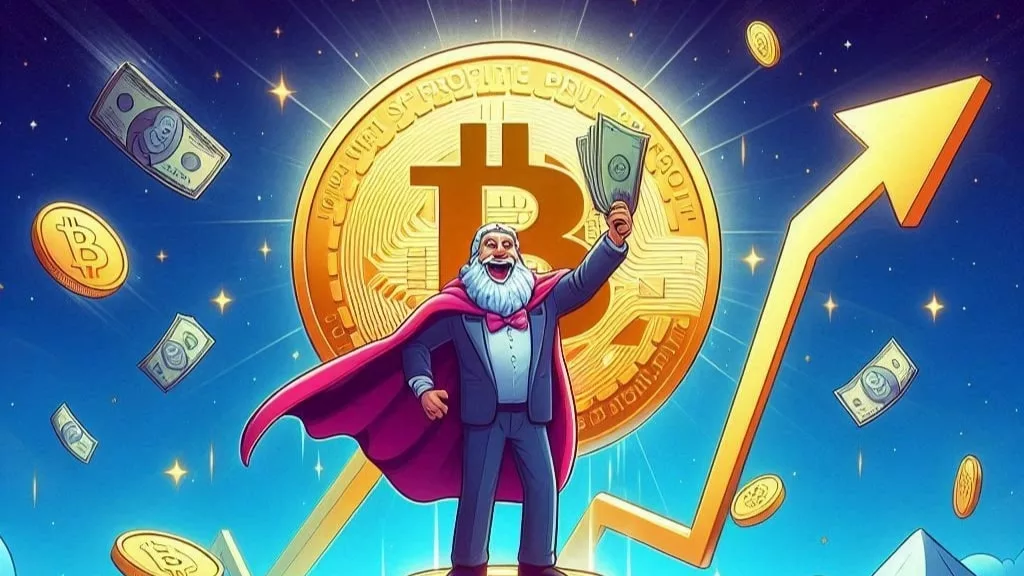
Binance has received court approval to invest customer funds in US Treasury Bills (T-bills). This move, authorized by the United States District Court for the District of Columbia, marks a pivotal moment where traditional financial instruments intersect with the digital asset realm. Here’s a detailed exploration of what this approval entails and its broader implications.
Court Approval and Investment Parameters
As of July 19, 2024, the US District Court has granted Binance permission to utilize customer funds, held in custody at BitGo, for investment in US Treasury Bills. The court’s order specifies that these investments must be managed through a third-party investment manager. Crucially, the funds must not be reinvested into Binance or any of its affiliated entities, ensuring transparency and preventing potential conflicts of interest.
Furthermore, Binance is required to provide detailed reports outlining the costs associated with maintaining these custodied US Treasury investments. These reports will be included in the company’s monthly disclosures of business expenses and operational activities, enhancing accountability and regulatory compliance.
Implications for the Crypto Industry
The court’s decision to allow Binance to invest in US Treasury Bills highlights a growing intersection between the crypto sector and traditional financial markets. By engaging in such investments, Binance not only diversifies its asset management strategy but also potentially enhances stability and credibility within the broader financial ecosystem.
From a regulatory perspective, this approval sets a precedent for how digital asset exchanges can responsibly manage and utilize customer funds, aligning with established financial norms while navigating the unique challenges posed by cryptocurrencies.
Stable coins and Dollar Dominance
The court’s ruling also raises interesting parallels with stable coins, particularly those pegged to the US dollar like Tether (USDT). Stable coins have emerged as a crucial bridge between traditional fiat currencies and cryptocurrencies, offering stability and liquidity in a volatile digital asset market.
Stable coins like USDT, which are backed by reserves including US Treasury holdings, play a pivotal role in supporting dollar dominance globally. Tether, for instance, holds significant amounts of US Treasuries as part of its overcollateralization strategy, ensuring that each USDT token remains pegged to the US dollar.
Global Financial Impact
In the broader context of global finance, stable coins and investments in US Treasury Bills serve as mechanisms to bolster the US dollar’s position amidst challenges such as de-dollarization efforts by emerging market economies. By holding US debt instruments, stable coins mitigate inflation risks associated with quantitative easing and fiscal policies, thereby reinforcing the dollar’s dominance in international trade and finance.
Former US Speaker of the House Paul Ryan has highlighted the role of stable coins in alleviating the US debt crisis, emphasizing their ability to sustain demand for US dollars and government securities. This demand not only supports economic stability but also underpins the value proposition of dollar-pegged stable coins in global financial markets.
Diverse Perspectives on Stable coins
Despite their utility, stable coins have garnered diverse opinions within the financial and crypto communities. Critics, such as Alex Gladstein from the Human Rights Foundation, argue that stable coins perpetuate a flawed fiat-centric system that decentralized cryptocurrencies aimed to disrupt. Gladstein advocates for alternative digital assets that promote financial inclusion and economic freedom, challenging the dominance of stable coins tied to traditional fiat currencies.
Conclusion
In conclusion, Binance’s court-approved ability to invest customer assets in US Treasury Bills represents a pivotal step towards integrating traditional financial instruments with the emerging digital asset ecosystem. This decision not only enhances Binance’s operational transparency and regulatory compliance but also underscores the growing legitimacy of cryptocurrencies in mainstream finance.
Furthermore, the synergy between stable coins and US Treasury investments highlights their role in sustaining dollar dominance and mitigating global economic uncertainties. As regulatory frameworks evolve and market dynamics shift, the intersection of cryptocurrencies and traditional finance will continue to shape the future of global monetary systems.




Get the latest Crypto & Blockchain News in your inbox.